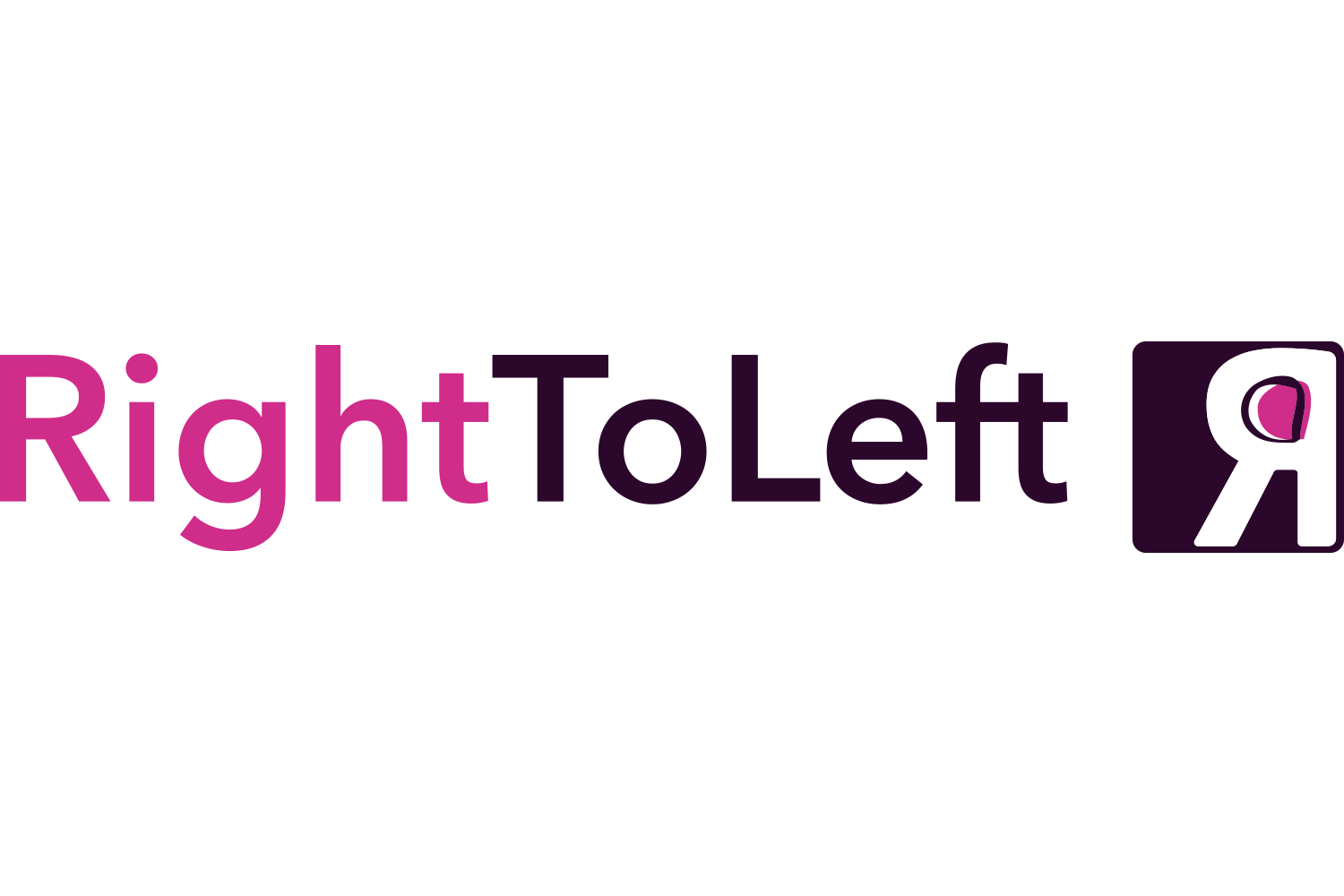Collaborate earlier - and more often - to make great products
When and how do the product managers in your company collaborate with engineers, UX and the business? Is the product team’s first interaction with engineering or UX in iteration or sprint planning? If so, they have fallen for the classic product manager mistake; they’ve become ‘the lone ranger PM’.
According to many product gurus such as Marty Cagen, product management is the epicentre between value, feasibility and design. Martin Eriksson translates this as being the middle point between business, engineering and UX, also known as the triad.
Collaboration among the triad is crucial to product success. It doesn’t have to be three people - it may be more or fewer - but it must represent the three functions with confidence.
In the past, the product managers that I have coached typically failed to collaborate early enough. This results in a failure to identify the core assumptions for validation in early product discovery. Overlooking assumptions wastes a lot of time and, in some cases, encourages product to accept a less valuable proposition; sometimes to save face but often because there is already a strong emotional investment.
The triad does not need to be present for all of a product manager’s efforts. Light-touch collaboration starts at the very beginning and then typically increases as more is learned about the problem space. As the value proposition evolves, there should be greater triad engagement.
This level of collaboration allows product managers to capture great ideas, learn about the problem and identify the right features to build. A lot of great material has been written about product managers getting out of the office to talk to the customer, but more should exist about the importance of encouraging them to talk with the triad.
In his book User Story Mapping, Jeff Patton proposes using the triad to break up larger “product” user stories into smaller bite-sized stories. Many organisations think they achieve this by conducting a kick-off process at the time of writing user stories. This means they have to estimate without any previous collaboration. In my experience, this is never enough! A lot of product work should already have taken place. This can be achieved if the triad collaboration starts at the beginning of product discovery and strategy.

